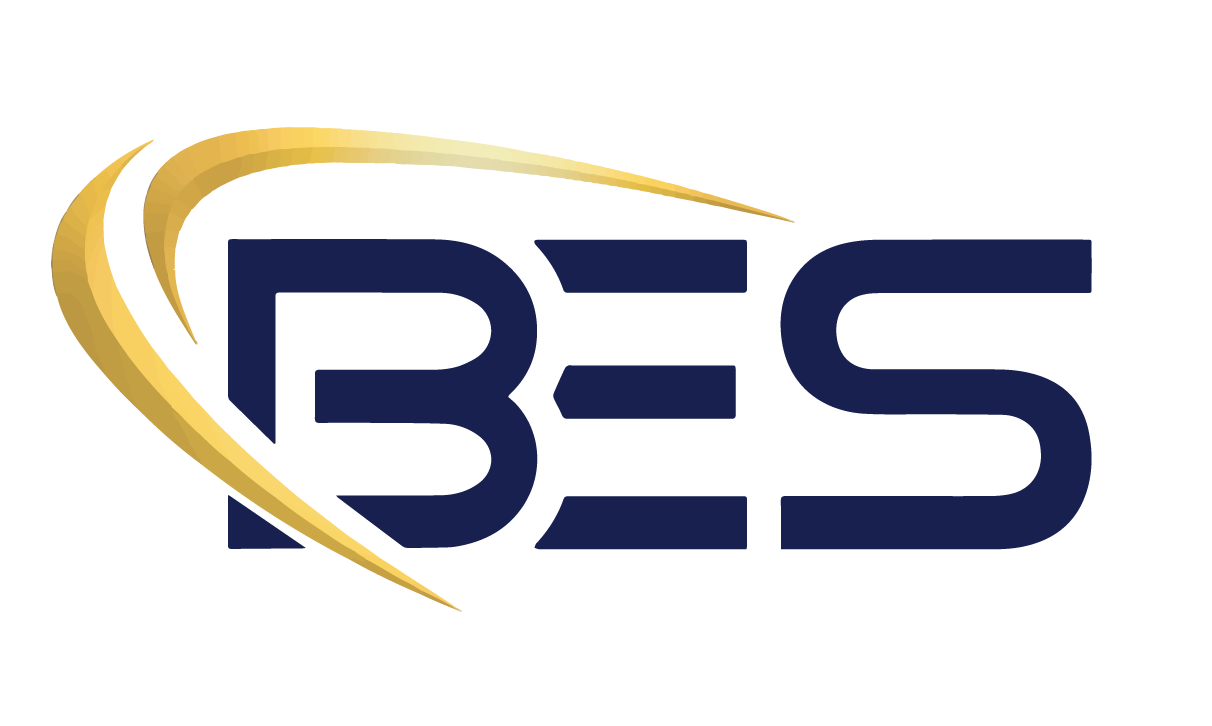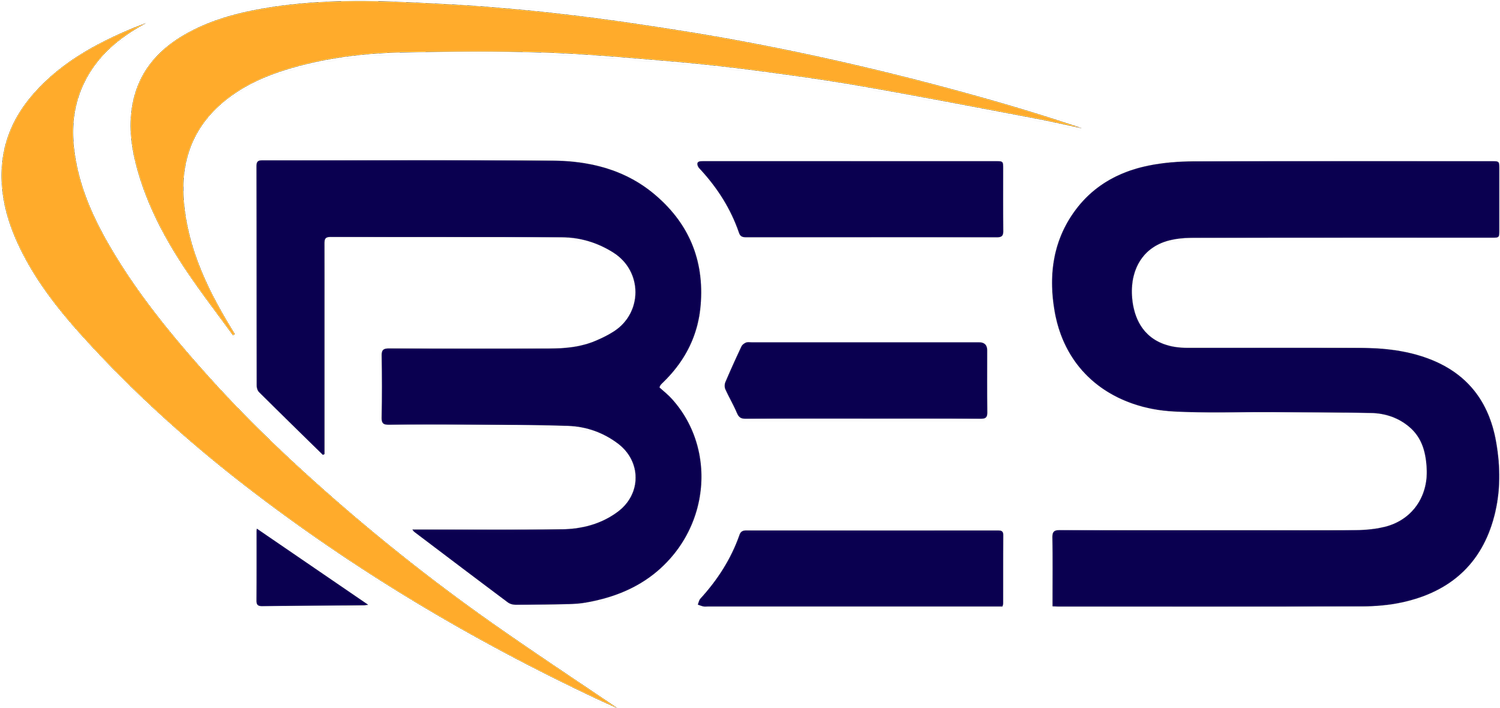Maximize the Business Value of Your Technology Investments
Why governance provides the key to meeting organizational objectives and getting accurate results from your information systems technology.
Every year across the U.S. and beyond, a countless number of technology projects fail or result in substantial underutilization. By some estimates, these failures cost the U.S. economy approximately $50-$150 billion annually. Several causes include poor planning, lack of communication, inadequate training, and short-lived adoption strategies.
Technology project planning is hard: implementing software, designing digital workflows, adopting change management, and developing a digital culture all require strategic, long-term organizational planning and oversight that extends well past initial phases. And the cost of unused or underused software can be staggering. By one report alone, over one-third of all comprehensive software implementations go unused, resulting in $30 billion wasted annually in the U.S. alone. Another estimate pegs the cost at $259 per desktop.
Whether you work in the public or private sector, including federal, state, and local government agencies as well as businesses in energy, transportation, telecommunications, manufacturing, and more, getting the most out of your technology investments is no easy task.
When successful, the benefits of well-deployed technology have truly transformational benefits that stretch from executive leadership to operations, stakeholders, and beyond. Organizations that take a data-driven approach make smarter, faster, and more accurate decisions. They streamline workflows, increase efficiency, lower costs, and deliver greater value to stakeholders.
Common mistakes in implementing and managing technology
The rush to add technology to solve problems often overlooks the fundamental building blocks required to improve organizational performance. Acquiring technology without a comprehensive analysis of crucial mission requirements, personnel capability, and standard operating procedures (exactly how it will be used) does not improve performance. In fact, adding new technology can result in disruption if not thoughtfully and purposely deployed. New technology may be exciting but not necessary to support the organization’s primary mission. It is the leadership's responsibility to ensure appropriate direction is provided and implemented.
So, what is the difference between a successful implementation and a failed or poorly implemented technology project? Perhaps the most significant variable not addressed by most organizations is establishing a comprehensive governance framework. Organizations that understand and execute governance over their technology gain a strategic foothold in optimizing adoption, usage, and meeting mission objectives. The key is knowing what mistakes to avoid and what steps to follow. Effective governance will:
● Lower implementation costs and increase efficiency
● Ensure technology is optimized to meet critical mission priorities
● Increase user adoption and stakeholder advocacy
● Create feedback loops for continuous improvement
Governance: The key to delivering business value
The word "governance" is used in various ways and has different meanings depending on its use and what it is describing. Bent Ear refers to governance as a framework developed and led by an organization’s leadership that results in the following:
1. Reviewing and updating the organization’s vision, mission, priorities, and developing a strategic technology plan
2. Agreements among stakeholders that delineate deliverables, timetables, and expectations
3. Well-defined and documented Standard Operating Procedures for tasks required to meet mission requirements
4. Reviewing existing and identifying new technology necessary to meet and improve specified mission requirements
5. Training and exercises to maintain skills, proficiency, and usage of the technology
Governance refers to the mechanisms, relations, and processes by which an organization is controlled and directed; it involves balancing the many interests of the stakeholders, the organization, its priorities, and how it completes its mission.
Everything starts with governance; it involves all aspects of decisions and decision-making. Governance sets the direction and defines the meaningful choices an organization needs to make and how and by whom those decisions are made. It validates and clarifies priorities and responsibilities with the organization's personnel, stakeholders, mutual mission partners, and establishes how these responsibilities and expectations will be met. The execution of responsibilities is accomplished through well-defined and documented standard operating procedures. They are refined and improved through training, exercises, and management's demonstrated support for their importance. Governance improves organizational performance, consistency, expectation fulfillment, and balance among the competing constraints of benefits, risks, and resources.
Establishing and executing governance is an investment in time, effort, and resources. This investment, which may seem excessive at first, ultimately drives better and more sustainable business outcomes. The organization can increase efficiency, performance, and operational dividends well into the future.
Your vision and mission drive everything.
Smart organizations have a clear vision of where they want to go and how to get there. Effective governance means establishing core principles, determining short-term and long-term objectives, defining the optimal organizational structure, and monitoring progress against the plan. Governance is the framework that executes the actions necessary to meet the organization's mission, goals, and vision. It ensures that you maximize your technology investments to deliver value to stakeholders, and customers. With greater accountability and control, the organization is positioned to make better decisions.
There are many technology choices, and technology is continuously changing. Without clear policies and standard operating procedures focused on mission requirements, technology can be a liability. The potential power of technology cannot be realized without an inclusive approach emphasizing the "human factor" that a governance framework emphasizes. Too often, technology is procured and implemented, and the critical foundational elements of governance are overlooked or ignored. Selecting and implementing technology should be one of the last steps in an overall process to improve an organization's performance.







